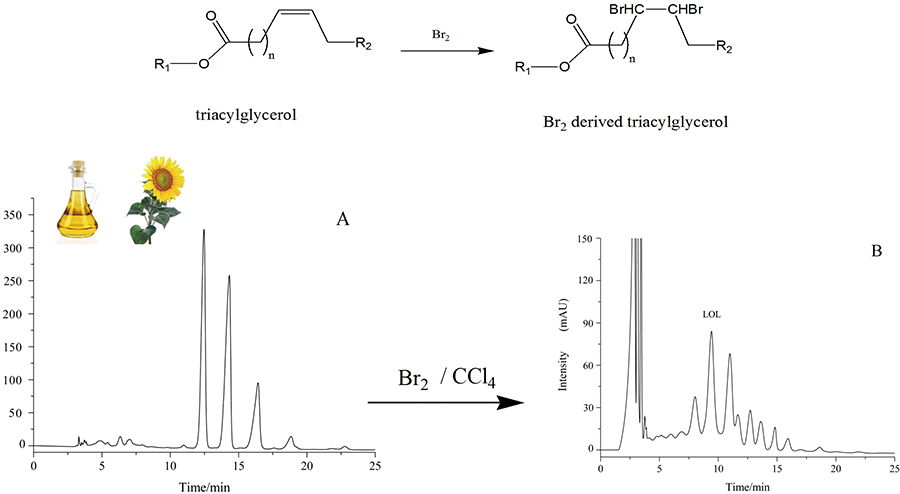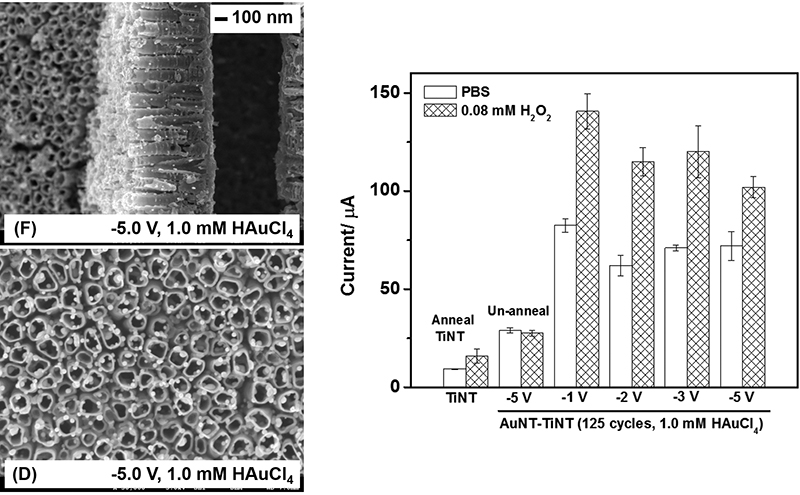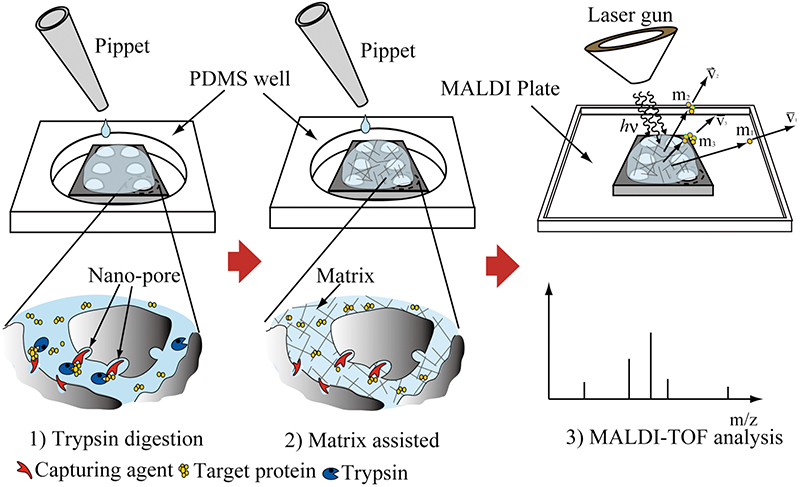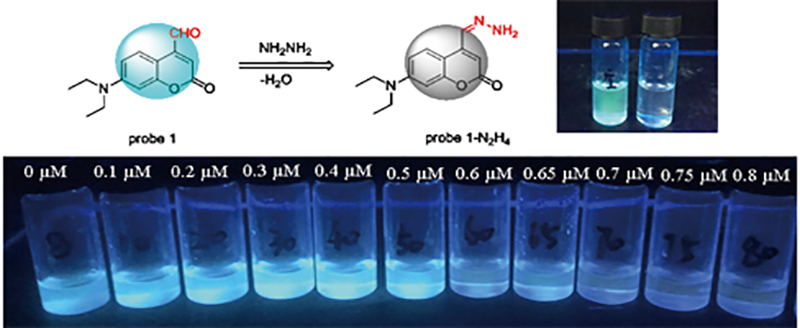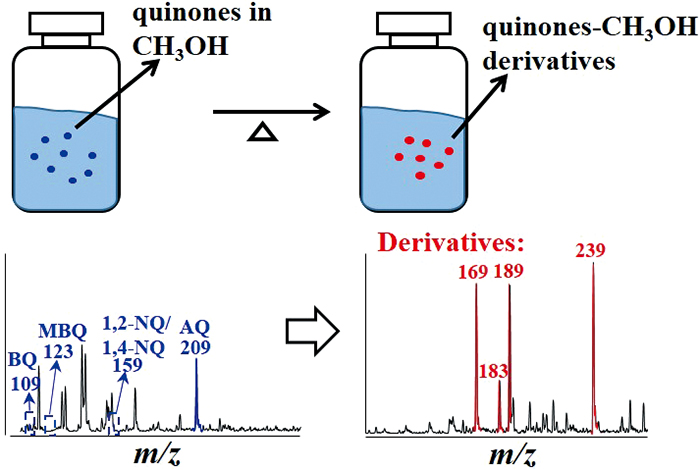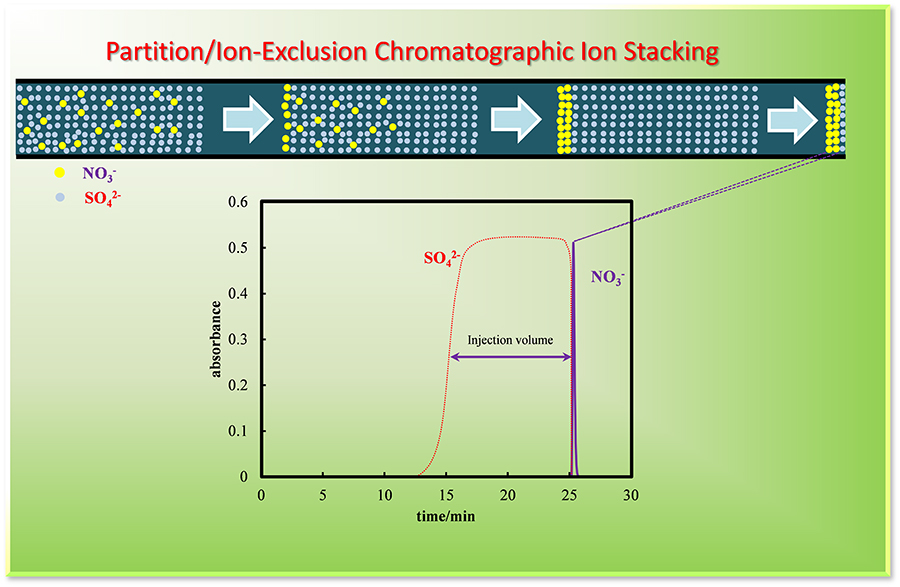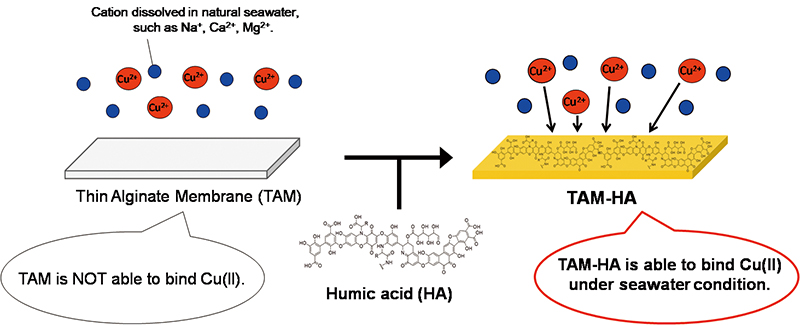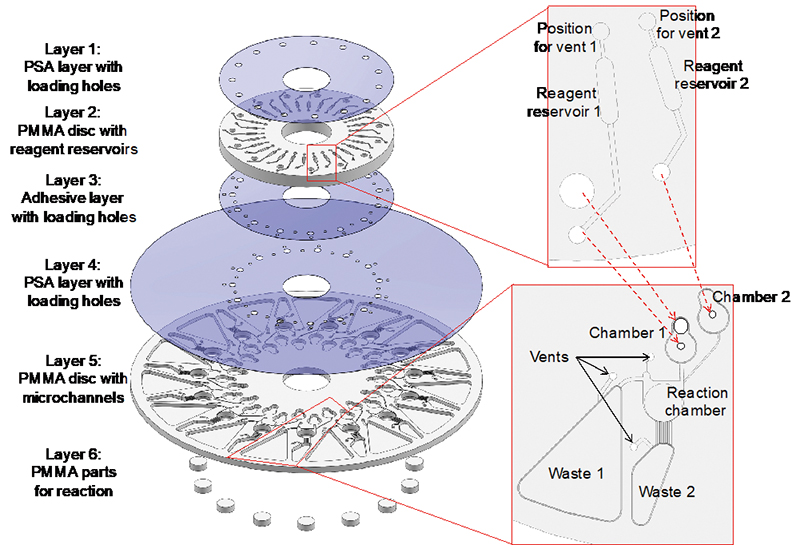Volume 34, Issue 3
Displaying 1-24 of 24 articles from this issue
- |<
- <
- 1
- >
- >|
Call for Papers
-
Article type: Call for Papers
2018 Volume 34 Issue 3 Pages 255
Published: March 10, 2018
Released on J-STAGE: March 10, 2018
Download PDF (223K)
Highlights
-
Article type: Highlights
2018 Volume 34 Issue 3 Pages 257
Published: March 10, 2018
Released on J-STAGE: March 10, 2018
Download PDF (597K)
Rapid Communications
-
Article type: Rapid Communications
2018 Volume 34 Issue 3 Pages 259-261
Published: March 10, 2018
Released on J-STAGE: March 10, 2018
Download PDF (924K)
Reviews
-
Article type: Reviews
2018 Volume 34 Issue 3 Pages 263-271
Published: March 10, 2018
Released on J-STAGE: March 10, 2018
Download PDF (3222K) -
Article type: Reviews
2018 Volume 34 Issue 3 Pages 273-281
Published: March 10, 2018
Released on J-STAGE: March 10, 2018
Download PDF (1157K)
Original Papers
-
Article type: Original Papers
2018 Volume 34 Issue 3 Pages 283-289
Published: March 10, 2018
Released on J-STAGE: March 10, 2018
Download PDF (989K) -
Article type: Original Papers
2018 Volume 34 Issue 3 Pages 291-296
Published: March 10, 2018
Released on J-STAGE: March 10, 2018
Download PDF (2215K) -
Article type: Original Papers
2018 Volume 34 Issue 3 Pages 297-303
Published: March 10, 2018
Released on J-STAGE: March 10, 2018
Download PDF (1266K) -
Article type: Original Papers
2018 Volume 34 Issue 3 Pages 305-310
Published: March 10, 2018
Released on J-STAGE: March 10, 2018
Download PDF (653K) -
Article type: Original Papers
2018 Volume 34 Issue 3 Pages 311-316
Published: March 10, 2018
Released on J-STAGE: March 10, 2018
Download PDF (4874K) -
Article type: Original Papers
2018 Volume 34 Issue 3 Pages 317-321
Published: March 10, 2018
Released on J-STAGE: March 10, 2018
Download PDF (1813K) -
Article type: Original Papers
2018 Volume 34 Issue 3 Pages 323-327
Published: March 10, 2018
Released on J-STAGE: March 10, 2018
Download PDF (677K) -
Article type: Original Papers
2018 Volume 34 Issue 3 Pages 329-333
Published: March 10, 2018
Released on J-STAGE: March 10, 2018
Download PDF (1061K) -
Article type: Original Papers
2018 Volume 34 Issue 3 Pages 335-340
Published: March 10, 2018
Released on J-STAGE: March 10, 2018
Download PDF (2733K) -
Article type: Original Papers
2018 Volume 34 Issue 3 Pages 341-347
Published: March 10, 2018
Released on J-STAGE: March 10, 2018
Download PDF (1086K) -
Article type: Original Papers
2018 Volume 34 Issue 3 Pages 349-354
Published: March 10, 2018
Released on J-STAGE: March 10, 2018
Download PDF (1824K) -
Article type: Original Papers
2018 Volume 34 Issue 3 Pages 355-362
Published: March 10, 2018
Released on J-STAGE: March 10, 2018
Download PDF (1584K) -
Article type: Original Papers
2018 Volume 34 Issue 3 Pages 363-368
Published: March 10, 2018
Released on J-STAGE: March 10, 2018
Download PDF (991K) -
Article type: Original Papers
2018 Volume 34 Issue 3 Pages 369-373
Published: March 10, 2018
Released on J-STAGE: March 10, 2018
Download PDF (732K)
Notes
-
Article type: Notes
2018 Volume 34 Issue 3 Pages 375-377
Published: March 10, 2018
Released on J-STAGE: March 10, 2018
Download PDF (438K) -
Article type: Notes
2018 Volume 34 Issue 3 Pages 379-382
Published: March 10, 2018
Released on J-STAGE: March 10, 2018
Download PDF (2065K) -
Article type: Notes
2018 Volume 34 Issue 3 Pages 383-385
Published: March 10, 2018
Released on J-STAGE: March 10, 2018
Download PDF (534K) -
Article type: Notes
2018 Volume 34 Issue 3 Pages 387-390
Published: March 10, 2018
Released on J-STAGE: March 10, 2018
Download PDF (568K)
Announcements
-
Article type: Announcements
2018 Volume 34 Issue 3 Pages 391
Published: March 10, 2018
Released on J-STAGE: March 10, 2018
Download PDF (3883K)
- |<
- <
- 1
- >
- >|





